Gangnam has a reputation for premium price tags, yet it also offers free sights, affordable bites, and strong 강남 쩜오 energy for those who plan with care. The secret is to stack no-cost stops with low-cost meals and well-timed treats, creating a day that feels full without straining a wallet. This guide lays out principles and examples to help visitors spend where it matters and save where it does not.
Free Views and Public Art to Start the Day
Public squares, riverside walks, and outdoor art create a base layer of value. Begin with a morning stroll through well-known plazas and underpasses that hold murals or installations. This sets the tone, provides photographs without ticket lines, and gives you a sense of the district’s scale. Early hours produce cleaner frames and softer light, which can make even a simple wall piece feel cinematic. What sights feel worth a return visit at sunset? Mark them on your map for a later loop.
Museums and Galleries With Free Entry Windows
Several cultural venues offer free sections or rotating shows with open entry. Check posted schedules at entrances and look for signs that point to public halls or foyer exhibits. A thirty-minute visit can add texture to your day without pulling from your budget. When you do spend on a ticket, choose shows that you will remember. A clear theme, strong curation, and well-labeled displays often deliver better value than larger but unfocused collections.
Cafés and Bakeries: Affordable Midday Fuel
Gangnam’s café scene spans prices. Look for bakeries that list set menus or morning specials. A pastry and a coffee can carry you through lunch if the schedule is tight. If you plan a café crawl, alternate more premium drinks with standard orders. House-filter coffee is often priced lower yet shows the kitchen’s care for extraction and roast. Ask staff for the best value item of the day; many places rotate discounted bakes near closing.
Food Courts, Kimbap Shops, and Counter Seats
Budget eats in Gangnam often hide in plain sight. Food courts inside larger complexes sell rice bowls, noodles, and soups at lower prices than street-front restaurants. Kimbap shops serve quick rolls and stews that travel well if you plan a park picnic. Counter seats at small kitchens reduce wait times and show you the cooking process, which adds interest at no cost. Build a loose plan: one quick bite mid-morning, a light lunch, and a substantial early dinner. This spreads spending and keeps energy steady.
Parks, River Walks, and Evening Light
Free green spaces pay off most near sunset. Take a late walk along riverside paths or pocket parks to watch the district shift from day to night. Many visitors note the simple pleasure of sitting on a step with a convenient snack while the city lights flicker on. That image costs almost nothing, yet it often becomes the day’s headline memory. Which bend in the path gives you a skyline and water reflection in one frame? Save it for a final stop.
Thrift and Pop-Up Windows
If shopping fits your plan, consider thrift stores or short-run pop-ups with fair pricing. A small accessory or secondhand jacket can mark the trip without inflating costs. Check racks carefully for condition and ask about return policies. Stores that steam garments and tag materials clearly often show better standards. Do not feel pressure to buy; window-shopping still lets you read trends and enjoy design.
Transit and Timing
Smart timing reduces expenses. Group nearby stops to cut transit fares and shoe-leather fatigue. If you need to cross longer distances, pick one transit ride that links two clusters of interest, then walk the remainder. Off-peak hours make both trains and sidewalks calmer, which adds comfort without a surcharge. Keep a small umbrella or packable jacket handy so weather does not force paid indoor time you did not plan.
A Budget That Still Feels Rich
A day rich in memory often comes from thoughtful sequencing, not high spend. Start with a free visual anchor, add one or two culture stops, keep meals modest and flavorful, and end with a river walk. The question to ask is not “How little can I spend?” but “Which low-cost choices give me the strongest sense of place?” In Gangnam, those choices are closer than you might expect.





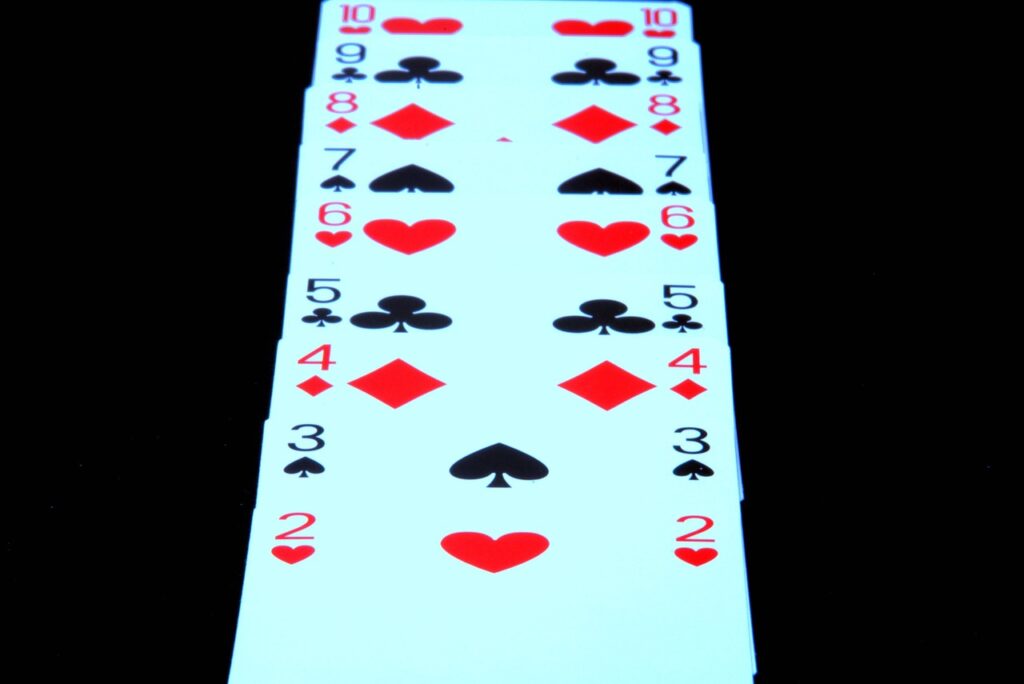



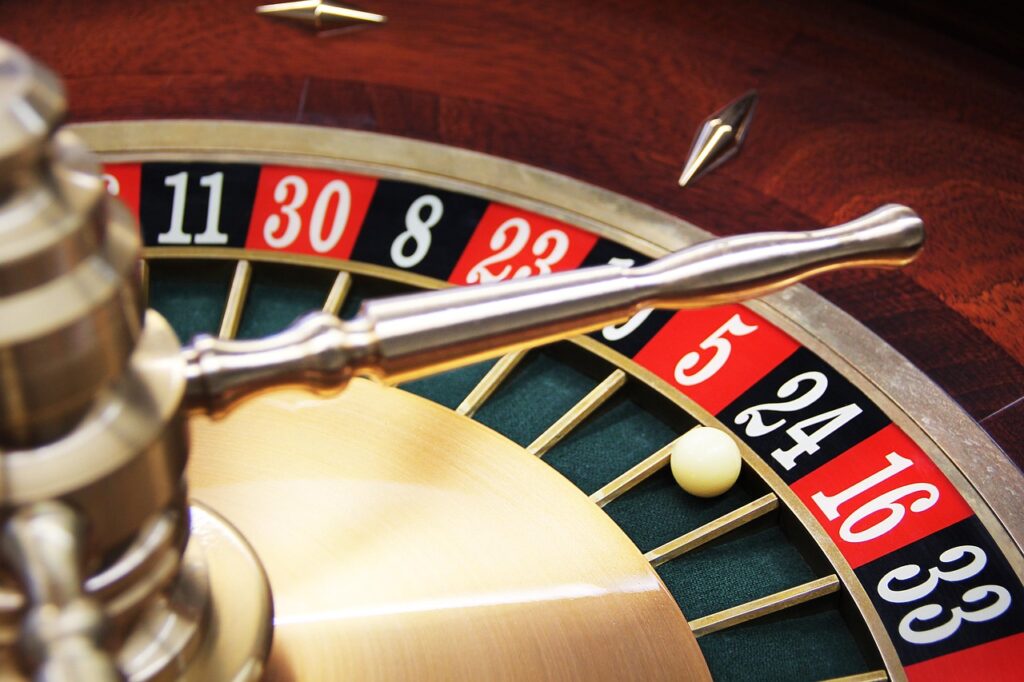
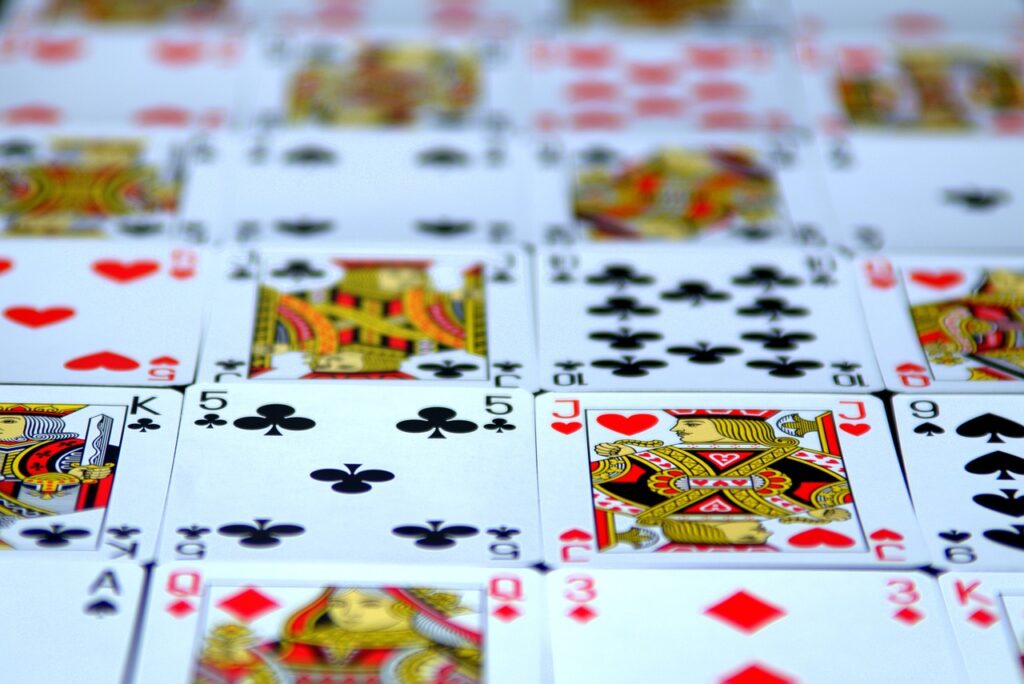

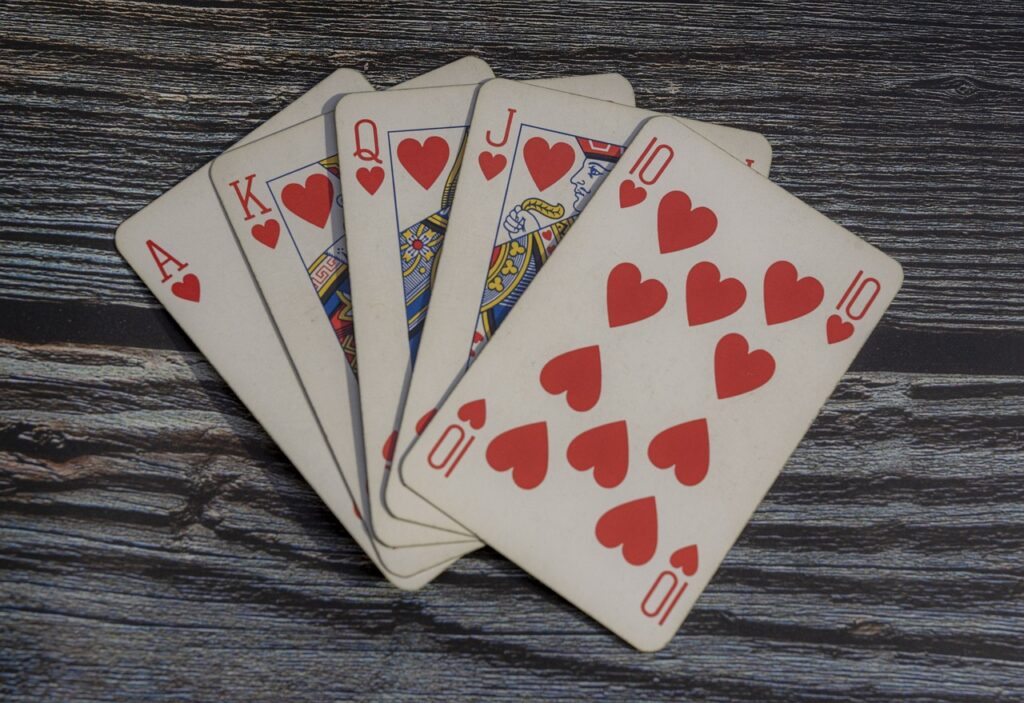
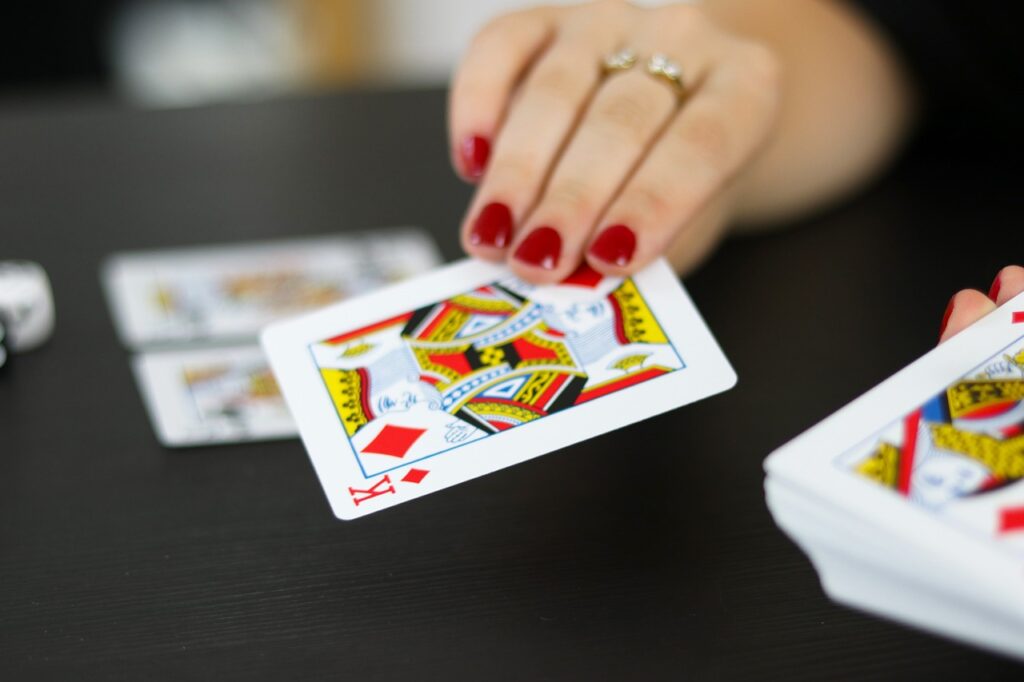

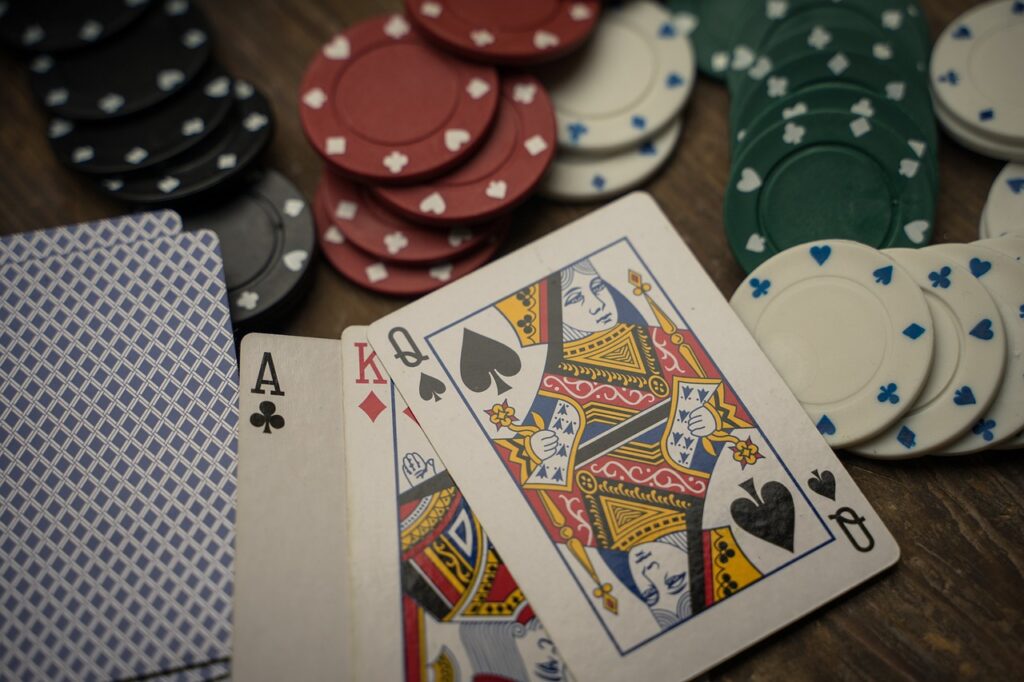

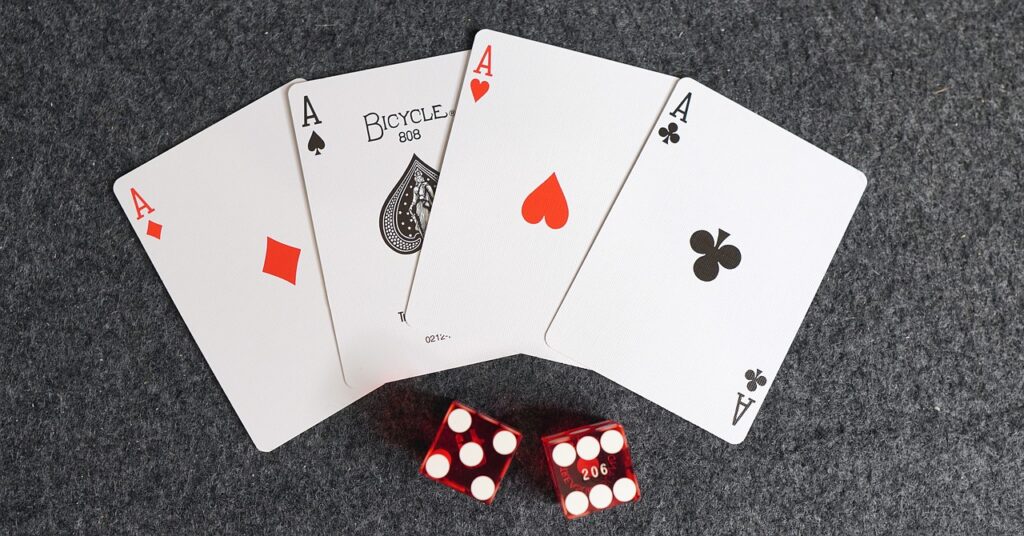
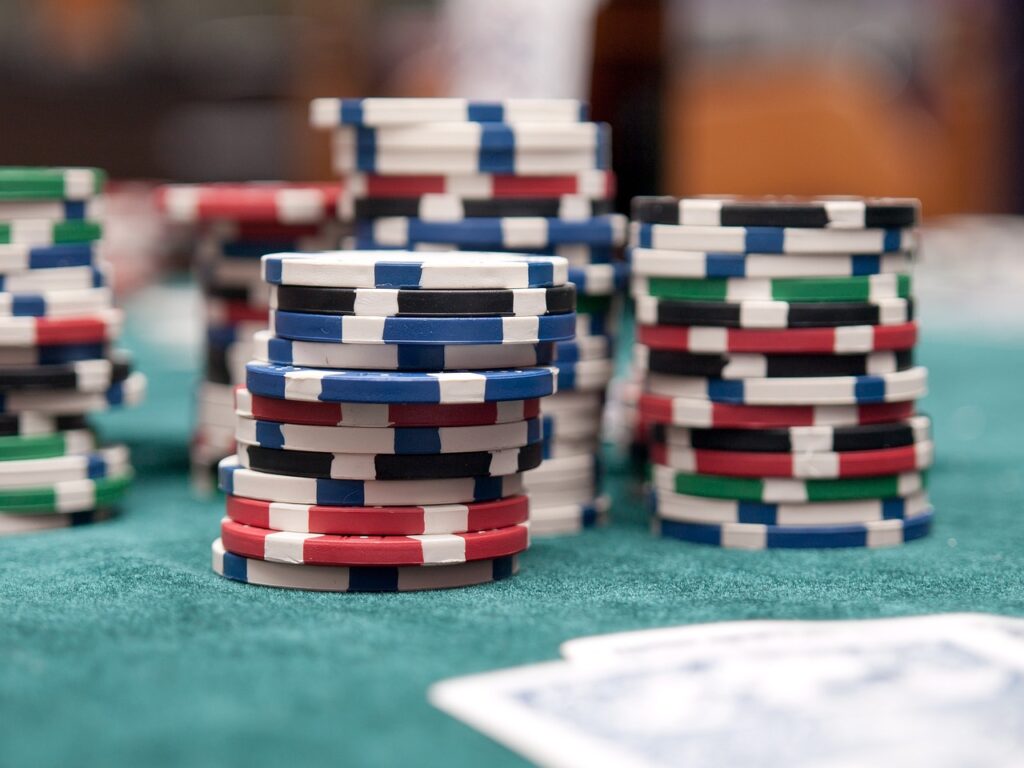
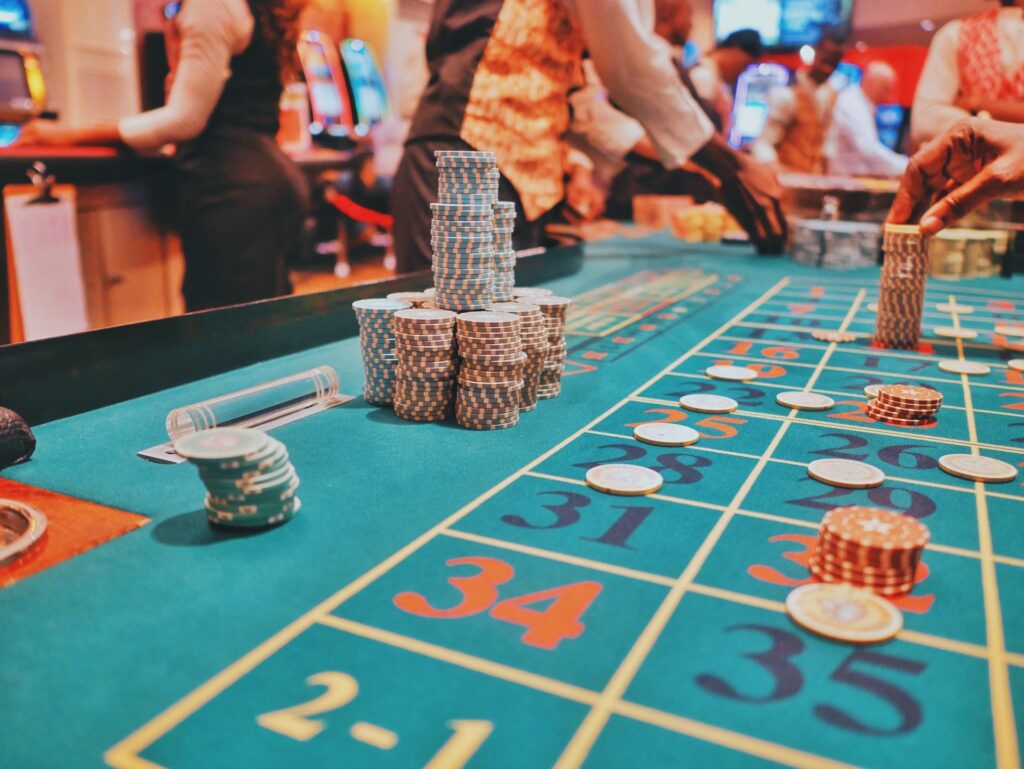
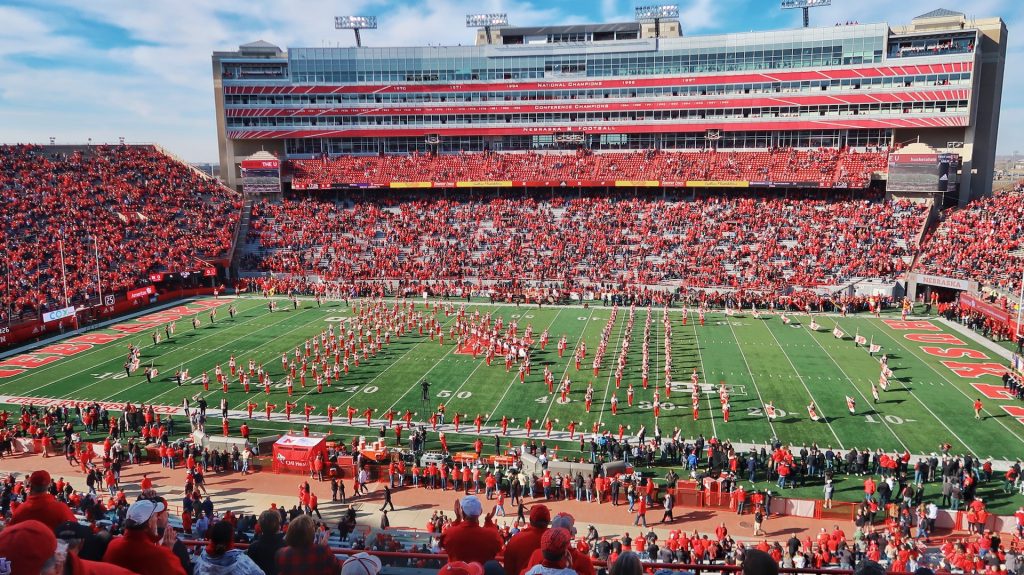

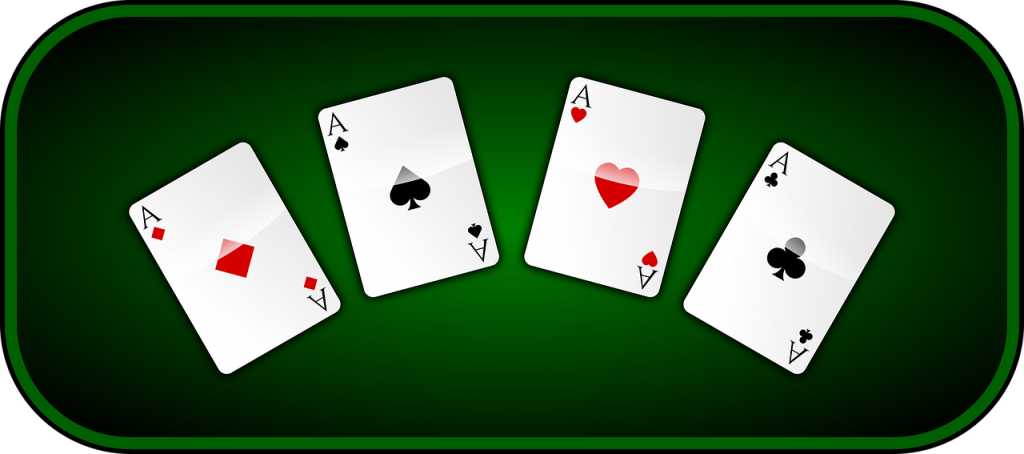

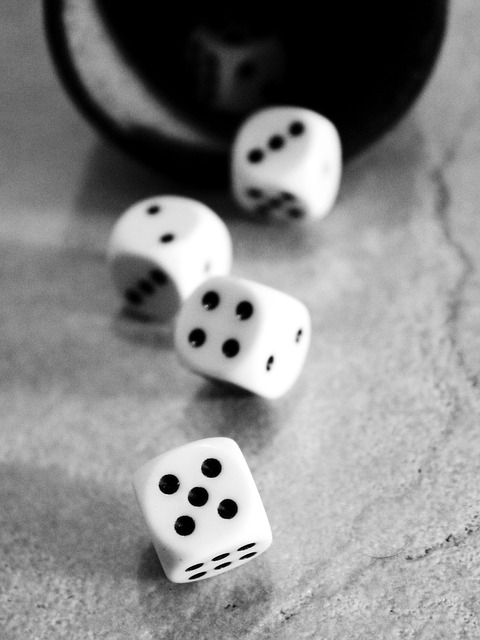

Follow Us!